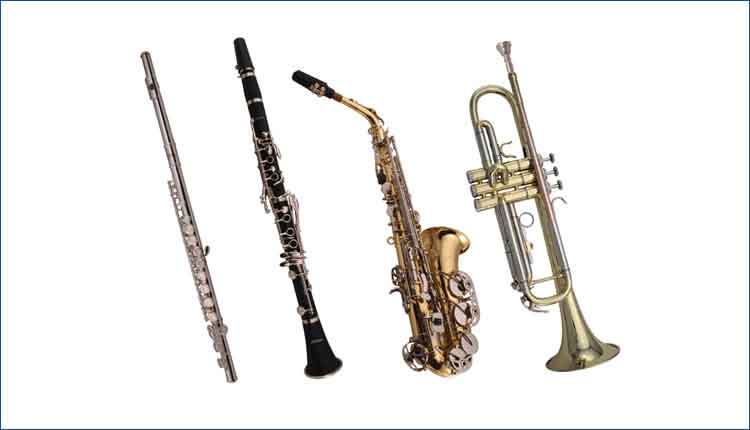No matter how much the students have been taught about playing with a good tone, it will be useless if the students are playing on instruments designed for beginners that are of inferior quality. Instruments like this are simply incapable of producing a good sound no matter how good the player. Thus, a short discussion follows on some aspects of stringed instruments that greatly affect tone quality.
It is very important for the school orchestra director to continually encourage students to upgrade the quality of their instruments. If a director will allow it, students will continue to play on beginner-level instruments through high school. Instruments designed for beginners (usually called student-line) are so named because they are constructed to be sturdy and able to withstand vigorous handling. They are not designed for students to play with the tone needed for mature music at the secondary level.
The director needs to tell parents from the very beginning that the first instrument will not be good enough to compete in junior high/middle school and high school. Informing your school music dealers that you want students to go to a better model when they are ready for full-size instruments is also essential. Dealers are usually more than willing to cooperate and support you in this effort.
Instruments for secondary level orchestras need to be constructed from better quality wood, weigh less, be more highly graduated, at least lightly flamed and have a good tone. The outfit should include a good quality wood bow and a professional case.
A special word needs to be mentioned about cellos and basses. It is crucial when playing more difficult music that the cello and bass sections also have better instruments. I frequently work with our local dealers on this, letting them know that I am in need of some better instruments several months ahead. Often, they can locate top-line instruments that can be purchased at reasonable prices.
Proper adjustment and the proper accessories are important, as well. Even a fine instrument will sound terrible if it is not in correct adjustment or not equipped with high-quality strings. Areas to check are good peg fit, correct bridge shape and height, soundpost height, correct soundpost location and professional strings to match the instrument.
While beginner, student-line instruments sound best with chrome-steel strings and four adjusters, better instruments need either professional level gut-wound, perlon core, or high grade steel strings. Orchestras playing mature music in which maximum sound is needed must have good quality wood bows. An inferior wood or fiberglass bow simply will not allow the student to play with the additional weight necessary in playing close to the bridge. It is also most important that the bow hair be replaced at least once a year. It is impossible to play with maximum sound on worn, dirty hair.
The last area that is vitally important to a good sound is that of rosin. Students often need to be reminded to rosin their bows but, more importantly, we must be sure that they have a proper round cake of dark, professional rosin. Bass players need rosin of the viscosity that is appropriate to the climatic conditions of the area.
Remember tone really is the “soul of your orchestra.” It is the aspect of your group that makes it uniquely yours, gives it color, makes it beautiful and exciting.
Taking the time to be sure your students have the raw materials to produce the best tone possible is well worth the extra effort in musical rewards.


